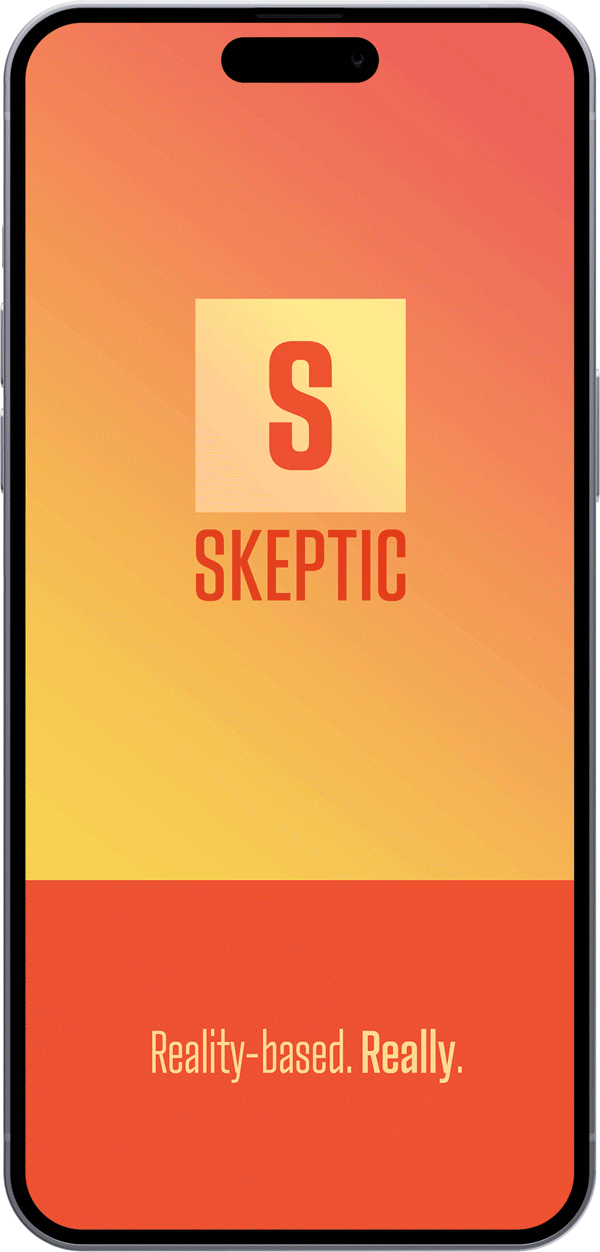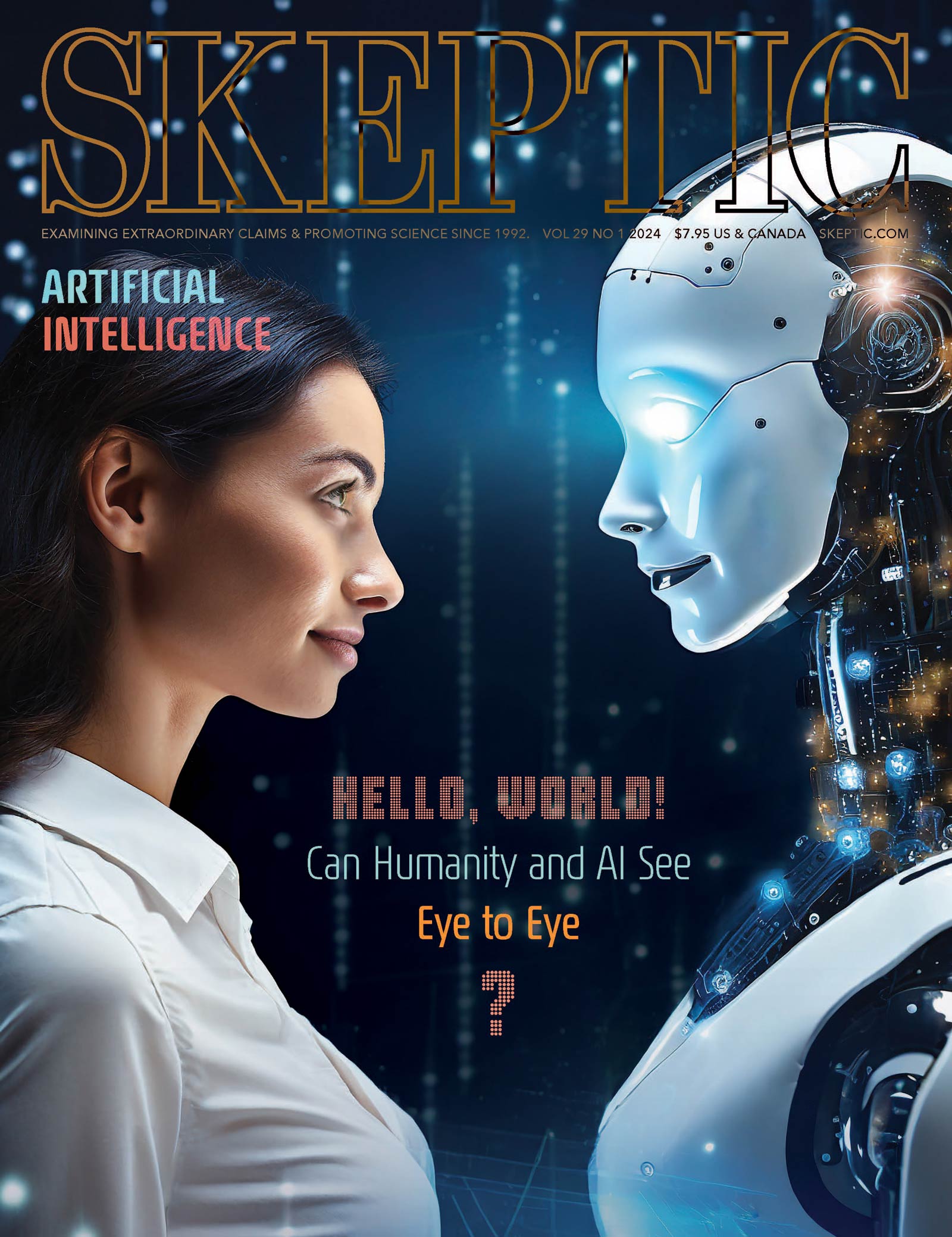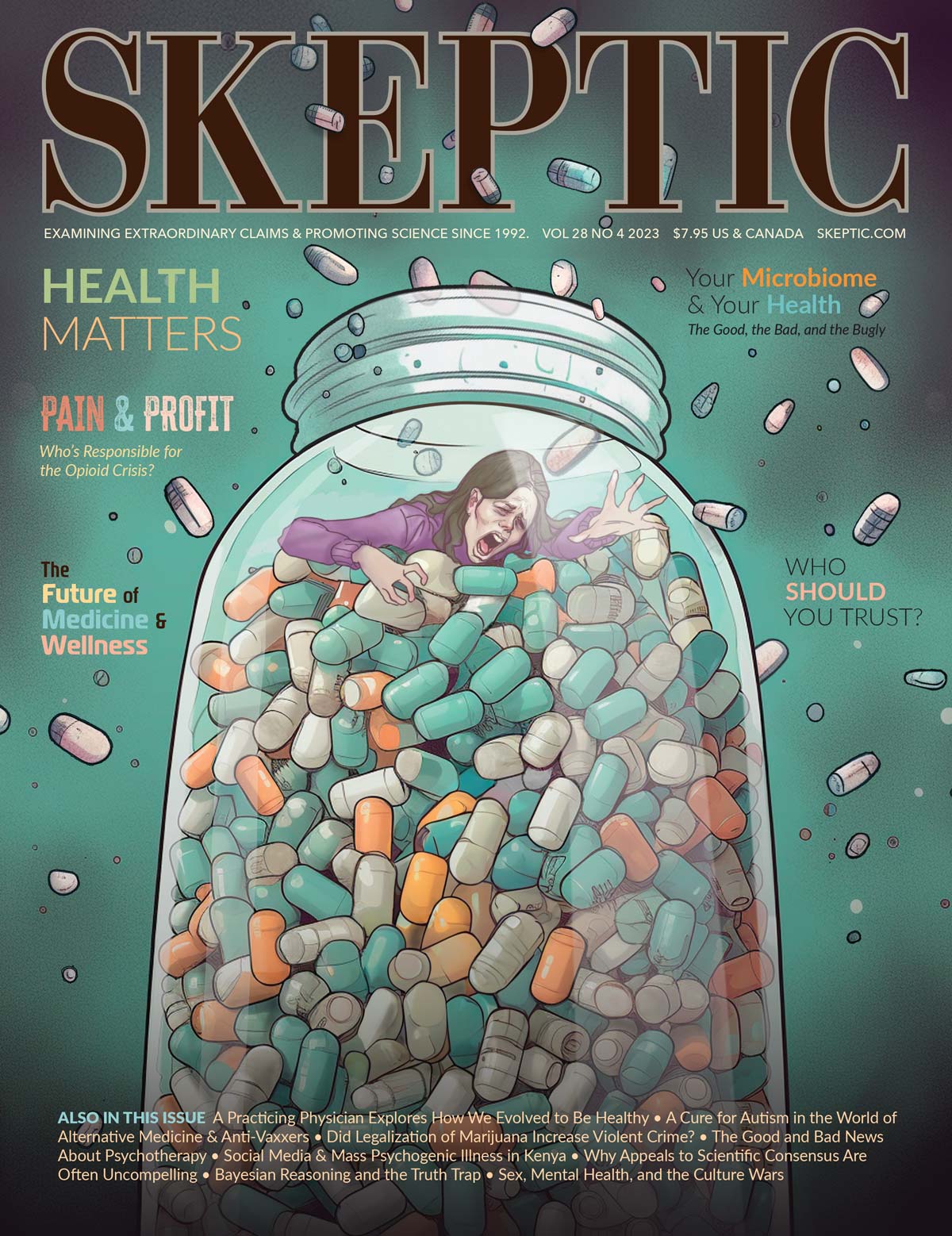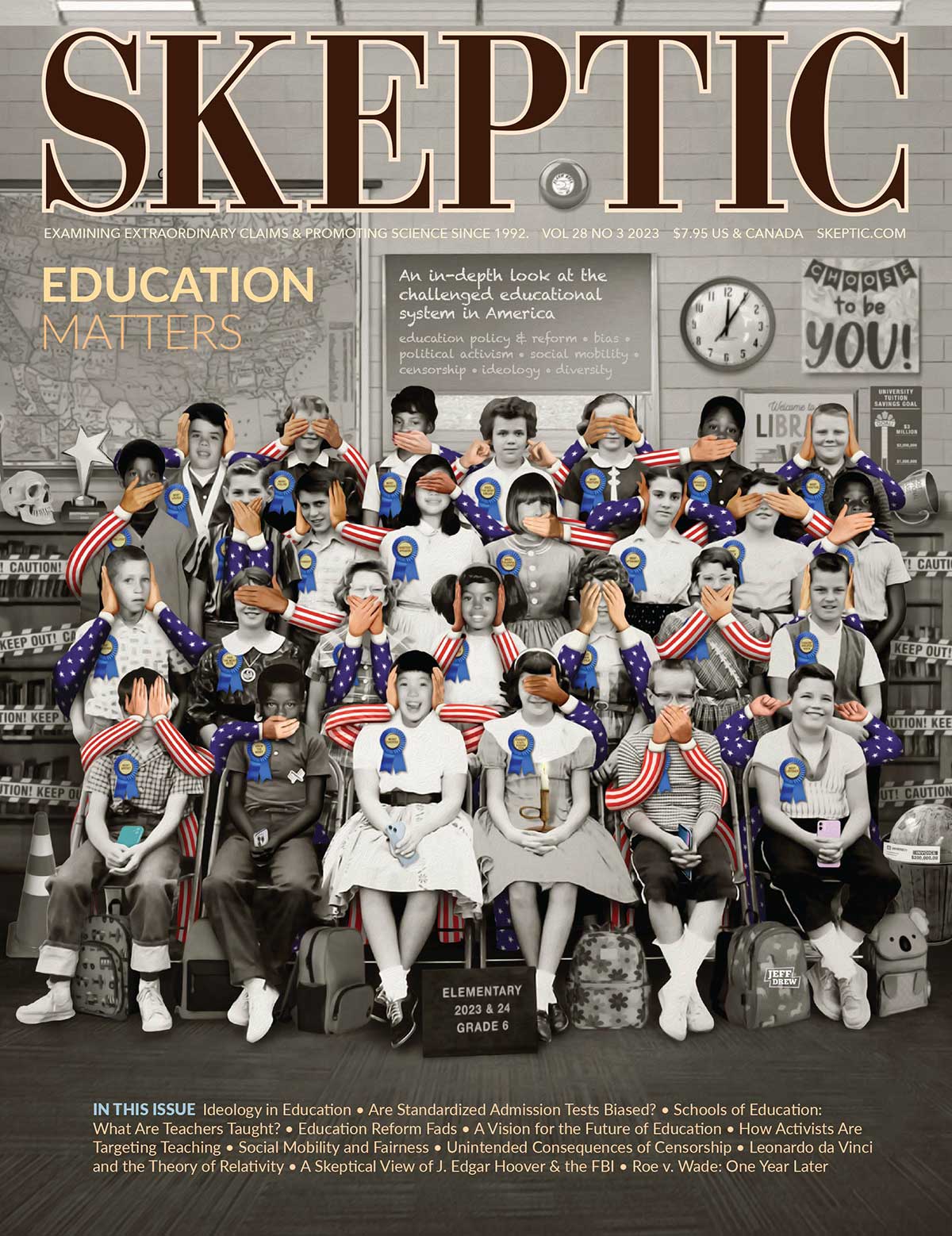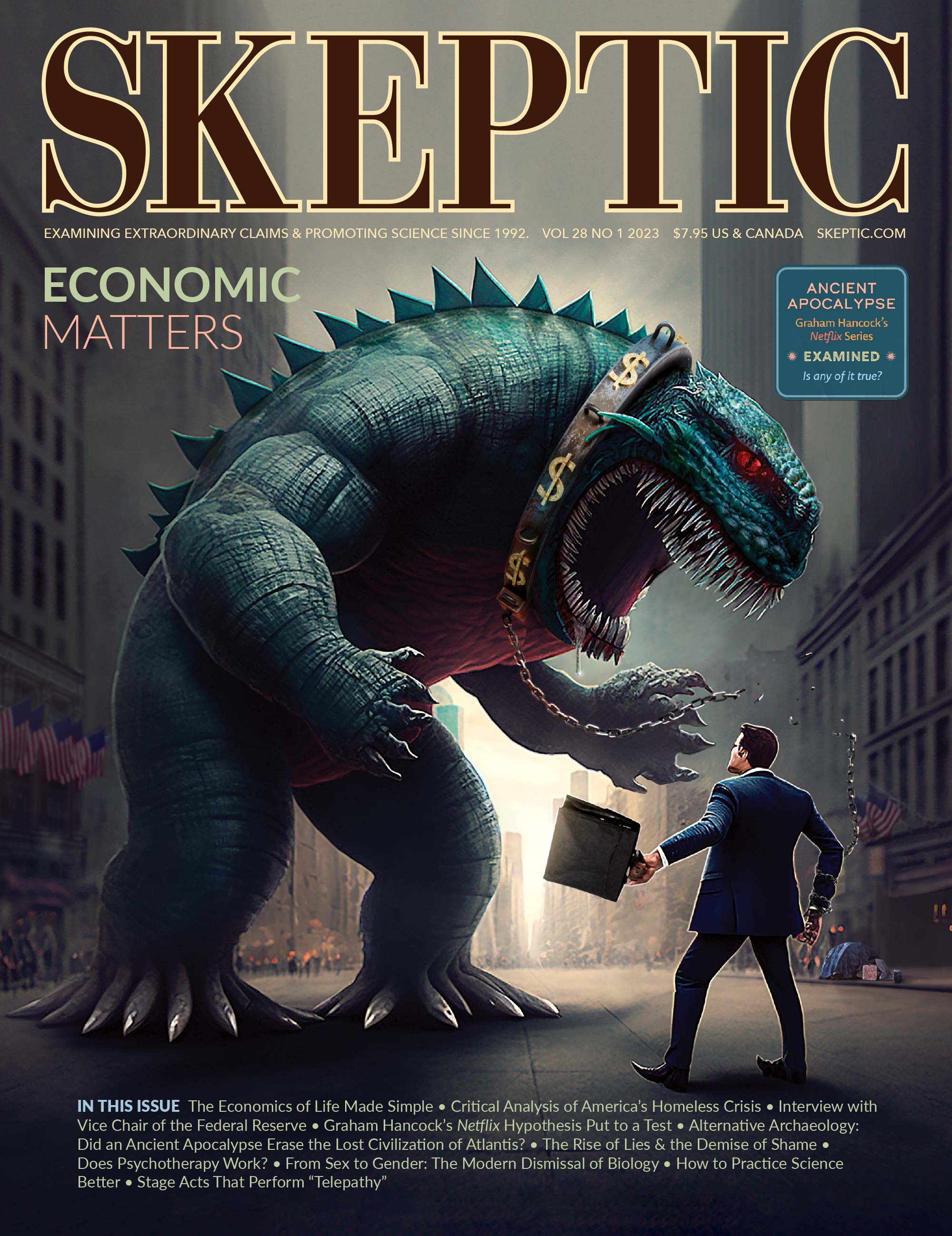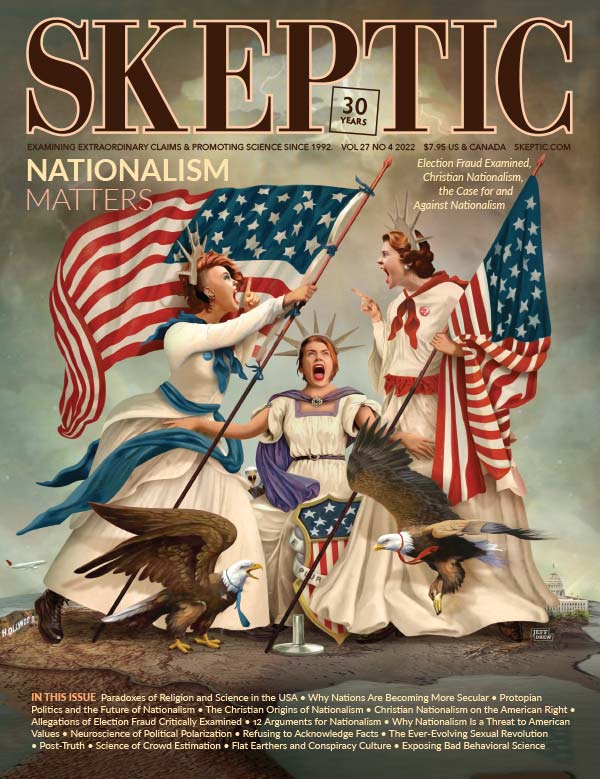In 2007, I was studying abroad in Perugia, Italy. I had been there for five weeks, my eyes wide with the excitement of navigating a foreign culture, my heart aflutter over a nerdy boy I’d met at a classical music recital. It all seemed like a glorious dream, until it became a nightmare. On November 1, a local burglar named Rudy Guede broke into the apartment I shared with three other young women, two Italian law interns and a British exchange student named Meredith Kercher. Meredith was the only one home that night. Rudy Guede raped her, stabbed her to death, and then fled the country to Germany.
Before the forensic evidence came back, showing unequivocally that Rudy Guede was responsible for this crime, the police and prosecution focused their attention on me. It was a logical place to start. Of all the roommates, I knew Meredith the best. I was the one who discovered that our house was a crime scene and notified the police. They told me I was their most important witness, that any small detail I might remember could be the clue they needed to find out who had done this to poor Meredith.
A week later, I was in jail, charged with Meredith’s murder. Two years later, I was convicted and sentenced to 26 years in prison. I went on to win my appeal and in 2011 I was acquitted, after four years incarcerated. Even after this vindication, however, so convinced were the Italian authorities that I was guilty, they overturned my acquittal, put me on trial in absentia for the same crime, convicted me again, and sentenced me to 28.5 years in prison. It wasn’t until 2015 that my legal nightmare ended when I was definitively acquitted by Italy’s highest court per non aver commesso il fatto — for not having committed the act. How and why did this happen? A big part of the answer has to do with cognitive bias and motivated reasoning.
Over the five days after Meredith was murdered, the police questioned me for a total of 53 hours, without a lawyer and almost entirely without a translator, and all in a language I spoke about as well as a ten-year-old. I was young (20), scared, and naïve to the ways of the criminal justice system. My final round of questioning went long into the night as they deprived me of sleep, of food, and of bathroom access. When I told them over and over again that I didn’t know what happened to Meredith and that I was at my boyfriend’s house that night, they refused to accept my answers. They slapped me, and they told me that I had amnesia, that I was so traumatized by what I’d witnessed that I had blocked it out.
People wrongly assume that there can only be one true victim, and that if we are to honor the victim of the original crime, we must deny that anything wrong happened to the person wrongfully convicted. In truth, wrongful convictions multiply victimhood.
Instead of listening to what I was telling them, they pushed me to “remember” something I didn’t remember, namely meeting my boss, Patrick Lumumba, at my house that night. Why? They’d found a text message on my phone. I worked at a local cafe, and Patrick had given me the evening off on the night Meredith was killed. I had thanked him, and I texted him back in my broken Italian, “Ci vediamo più tardi,” my best attempt at “See you later.” But to the Perugian authorities, this English idiom didn’t translate as a casual, “I’ll see you when I see you.” To them, it meant I had made an appointment to meet Patrick later that night. You met Patrick, they told me. We know you brought him to the house. I told them that was wrong countless times, but they wouldn’t believe me.
Motivated reasoning was already in full effect among the investigators. Some early lost-in-translation moments outside the house once the police arrived had given them suspicions about my candor. There was confusion over whether Meredith regularly locked her door or merely closed her door (in Italian, the word for “to lock” is “to close with a key”). And as there was nothing obviously stolen from the apartment, they leapt to the conclusion that the break-in — the rock, the smashed window — was staged. The prosecutor, Giuliano Mignini, even assumed, as he said much later in a documentary about the case, that only a woman would cover the body of a murder victim with a blanket. Oh really? And how does he know this?
My behavior was also grossly misinterpreted. With a flurry of panicked Italian whipping past me, I often didn’t understand what was happening. When my other roommate looked into Meredith’s room once they kicked the door down, she started screaming about what she saw. But I never saw into Meredith’s room, and I didn’t quite understand what she was so upset about. The idea that Meredith had been killed was just so far out of my world of possibilities that I couldn’t even imagine it. So when I stood outside the crime scene, looking dazed but not obviously hysterical, this was interpreted as me looking cold and unemotional in the face of my roommate’s murder, a fact I had yet to fully comprehend.
It didn’t help that I did lie to them early in my questioning. My Italian roommates, who were both big pot smokers, begged me not to tell the police about the marijuana, to deny that anyone in the house smoked it, because they’d lose their law internships if anyone found out. Coming from pot-friendly Seattle, and thinking this was small potatoes and quite irrelevant to what had happened to Meredith, I did what they asked me. But the police had found evidence of marijuana in the house, and they knew I wasn’t being honest. I came clean immediately, but it was too late. That small lie, coupled with the other misunderstandings, were anchoring biases that shaped how the investigators interpreted everything afterward and led them to believe that I was withholding something, that I wasn’t telling them the whole truth about that night. Hence their erroneous certainty that the benign text message to Patrick was evidence of something nefarious.
My own biases led me to trust them. I was nearly 6,000 miles from home, my friend had just been murdered, the killer was on the loose, and I was scared. I thought if anyone would keep me safe, if anyone had my best interests and wellbeing in mind, it was the authorities. This was my fundamental prior belief, shaped by my own privileged upbringing: the cops are the good guys. I’d never had a bad interaction with the police. I had no reason to think they would lie to me. So when they did lie, when they told me that Raffaele, my boyfriend of a week, had turned on me and denied my alibi (he hadn’t), when they lied that they had evidence that I was home that night (they didn’t), I tried to make sense of it. If they weren’t lying, then what other explanation was there? After hours and hours of this intense pressure, I started to believe them that I did have amnesia, and I honestly tried to remember what might have happened. I tried to imagine meeting Patrick like they said I did. They typed up a statement from these blurry incoherent ramblings, and, utterly exhausted, well past the edge of my sanity, I signed it. I was simply naïve to the fact that police lie to suspects to get a confession, even a false one.
It didn’t matter that I recanted that statement almost immediately once I was out of the pressure cooker of the interrogation room and had recovered my senses and reasoning. That false admission sealed my fate. And it became the biggest anchoring bias that would shape the case for the next eight years and my own reputation to this day.
We know how unreliable such interrogation methods are from DNA exonerations. According to the Innocence Project, nearly one in four proven wrongful convictions involves a false confession. And yet, it’s so hard for anyone who hasn’t been through a coercive interrogation to understand how a person could sign false statements implicating themselves or others. Even the police on the other side of the table don’t understand it. They truly think they’re just cracking a suspect and getting them to admit the truth. But they are suffering from a cognitive bias that we are all susceptible to, the idea that our own experience of the world is a reasonable reference. They’ve never signed false statements, so why would a suspect?
Once you see how the false confession I signed became a fundamental prior for the investigators and prosecution, everything else starts to make sense. When the forensic evidence came back weeks later implicating a sole perpetrator, Rudy Guede, they had to find a way to fit this new evidence with their prior belief. This is just what humans do.
A recent study argues that nearly all the cognitive biases we are susceptible to — confirmation bias, the anchoring bias, the framing effect, and so on — can be reduced to “the combination of a fundamental prior belief and humans’ tendency toward belief-consistent information processing.” The prosecution, holding my coerced statements as a fundamental prior belief, tried to force the new forensic information implicating Rudy Guede to be consistent with the idea that I was present that night. And thus, with no evidence, and contrary to my own character and history, they invented a motive and wove a story out of whole cloth about a sex game gone awry and a three-way murder plot involving Rudy, a man whose name I didn’t even know, and my boyfriend of a week.
It was never a satisfying answer to me that the people responsible for my wrongful conviction were evil, or uniquely incompetent. And once I learned about how common wrongful convictions are even in the U.S., this was even more obvious to me. I wanted to know why this had happened to me, and how mostly well-intentioned people who wanted to repair the rend in the fabric of their community, to bring a perpetrator to justice, and to bring closure to Meredith’s grieving family, could have gotten it so, so wrong. Nothing has been more illuminating for me on this question than diving deeply into the research on cognitive bias.
Most of the specific biases I’m about to discuss are reducible to a general pattern of a fundamental belief and belief-consistent information processing, but I find the added specificity useful to help me see these types of errors in my own thinking.
The anchoring bias is the tendency to rely on the first piece of information, regardless of its validity, when interpreting later information. Thus, early suspicion against me shaped how all later evidence was interpreted. This has also impacted my reputation, and explains why I still receive so much vitriol. Despite my definitive acquittal, the first thing most people heard about me was that I was a suspected killer, and that colors everything else they ever hear about me.
And if they persist in believing conspiracy theories about my guilt, they are helped along by the base rate fallacy, the tendency to ignore general information and focus only on the specifics of one case. Those who think I’m guilty rarely look at general information regarding murders and wrongful convictions. If they did, they’d see how vanishingly rare it is for women to commit knife killings against other women, and how common the errors in my case were. It features all the hallmarks of wrongful convictions, many of which result from cognitive biases themselves.
The most general form of this is often called confirmation bias, the tendency to seek out information that confirms a hypothesis and ignore information that disconfirms it. With wrongful convictions, this is known as tunnel vision. The anchoring bias of an initial hunch shapes the investigators’ search for more information. They magnify the significance of any tiny thing that confirms the anchor and write off large things that don’t. Thus, much weight was put on a kiss between Raffaele and me, while the fact that my DNA was not present in the room where the murder happened and that it was impossible to have participated in such a violent struggle without leaving any traces of oneself, was ignored. This is sometimes called the conservatism bias, the tendency to insufficiently revise one’s prior beliefs in light of new evidence.
Then there’s the salience bias: the tendency to ignore unremarkable items and focus on striking ones. The prosecution did this to me, and many people continue to succumb to this bias still. Malcolm Gladwell makes this mistake in his analysis of my case. Like the prosecution and tabloid media, he overlooked the copious moments of unremarkable behavior and highlighted the few moments of so-called “odd” behavior, putting great explanatory weight on them and framing me as someone who acts guilty despite my innocence.
That bias is tied in with the fundamental attribution error: the tendency to overemphasize personality-based explanations for others’ behavior and to de-emphasize the role of context. Thus, in judging my behavior in those early days, people ignored the fact that I was alone, far from home, my roommate had just been murdered, and the killer was on the loose. It was a scary and traumatizing experience, and people react in many ways to trauma. Instead, people often strip my behavior from this context and conclude that I must be weird, “off,” or suspicious. This same bias often comes into play when people reflect upon the false statements I signed. Instead of explaining those false statements by the brutal and coercive context I was in, they leap to a conclusion about my character, that I must be an untrustworthy liar.
Selection bias magnifies all these initial biases by shaping what gets reported. There are no news articles from 2007 about all the moments that I looked sad, or scared, or exhausted. There are no deep-dive articles about my perfectly benign upbringing, complete lack of a history of violence or mental illness, about my strong community and loving family. But one small moment caught on camera of me seeking comfort from the young man I’d met five days previous, sharing a chaste kiss while confused and scared, gets endlessly republished, repeated, and played on loop.
At trial, a host of other cognitive biases came into play. Stereotyping was used to paint me as an American “girl gone wild,” though I was in fact a nerdy poetry and language student. The rhyme as reason effect, in which something that rhymes is seen as more truthful, was used against me. Thus, the moniker “Foxy Knoxy” shaped opinion of me as sly and devious. In Italian, they translated this as Volpe Cattiva, the wicked fox.
The framing effect was used repeatedly at trial to present benign behaviors as suspicious. She ate pizza after her friend had been murdered? Why wasn’t she wasting away, sobbing? Literally, the fact that I ate pizza was used against me as evidence that I was not sufficiently morose, as if a grieving and scared person can’t also be hungry.
All of that framing was repeated for eight years of trial, and it affects me to this day through the continued influence effect, the tendency to believe previously learned misinformation even after it has been corrected. My reputation has not been fully restored. Many people still think that, even if I’m not guilty of murder, I must have had something to do with the crime, or I must have somehow brought suspicion upon myself.
The proportionality bias is our tendency to assume that big events have big causes, when often they are caused by many small things. The massive decade-long series of trials with global media coverage doesn’t need an underlying conspiracy as a cause. It doesn’t require that I was grandly suspicious, nor does it require that the authorities were grandly corrupt. The conjunction of many small cognitive biases by the authorities and media is enough to explain the massive debacle the case became, but the proportionality bias leads us to think there must be a bigger reason.
As far as my continued reputational damage, I can thank the illusory truth effect, the tendency to believe a statement is true if it’s easier to process or has been repeated many times. “Amanda Knox is Bad” is a lot simpler than explaining the miscarriage of justice. This is related to the availability cascade, in which a collective belief is seen as more plausible through repetition in public discourse. The hundreds (thousands?) of media articles painting me as a killer have shaped this perception that many people still have of me.
I try to counter that perception by acting honorably and putting thoughtful work into the world. However, the structures of social media and psychological factors create further selection bias. If I tweet about criminal justice reform, I get maybe a dozen retweets. If I make a joke about my wrongful imprisonment, the tweet spreads far and wide, and I pop onto others’ radar in that context. They don’t see the vast amount of serious work I do, and only see the highly retweeted joke, and conclude that I’m purely flippant.
And then they judge me for making light of a tragedy, but fail to distinguish between the tragedy that befell Meredith and the one that befell me. This is the zero sum bias, assuming incorrectly that if one person gains, another must lose. In this case, they assume that respecting my victimhood by the Italian justice system is tantamount to disrespecting Meredith’s victimhood for being murdered by Rudy Guede. I’ve coined my own term for this specific situation: the single victim fallacy.
You see it often in wrongful conviction cases. People wrongly assume that there can only be one true victim, and that if we are to honor the victim of the original crime, we must deny that anything wrong happened to the person wrongfully convicted. In truth, wrongful convictions multiply victimhood. Meredith is a victim of murder. I am a victim of a miscarriage of justice. Both our families are also victims of this miscarriage of justice, which has denied them closure and put our families through hell. Because of this single victim fallacy, I am told I should never joke about the injustice I suffered, because it is conflated with the injustice done to Meredith by someone else. Because of this fallacy, I am told to shut up and disappear.
These cognitive biases have caused a lot of pain in my life, and in the lives of others touched by this case. And they have also gotten in the way of potential healing. I still hope one day to be able to come together with Meredith’s surviving family in recognition of our shared and overlapping victimhood from the actions of Rudy Guede and the Italian authorities. But as far as I know, they remain in thrall to the single victim fallacy.

This article appeared in Skeptic magazine 28.2
Buy print edition
Buy digital edition
Subscribe to print edition
Subscribe to digital edition
Download our app
I don’t know if that day will ever come, but in the meantime, I take solace in the fact that I have such a great opportunity to see these cognitive errors up close. I was able to see how poorly many people judge this complicated case that took over my life, particularly the facts and the individuals involved in it. To see how wrongly they judge me. This makes me a better thinker. It helps me to better avoid all the cognitive biases that caused my wrongful conviction, that led to slanderous media coverage, and that are still responsible for the hate I regularly receive.
And I would be remiss if I didn’t point out the bias blind spot, the tendency to see yourself as less biased than others. Knowing these biases exist doesn’t make me immune to them. I know I can fall prey to them just as much as the people who imprisoned me. So if you have to have a fundamental prior belief that shapes your reasoning, let it be a belief in your own susceptibility to cognitive bias. ![]()
About the Author
Amanda Knox is an exoneree, journalist, public speaker, author of the New York Times best-selling memoir, Waiting to Be Heard, and co-host, with her partner Christopher Robinson, of the podcast Labyrinths. She has since become an advocate for criminal justice reform and media ethics. She sits on the board of the Frederick Douglass Project for Justice and is an Innocence Network Ambassador. You can find her on Twitter @amandaknox and Instagram @amamaknox. Photo of Amanda Knox by Patrik Andersson.
This article was published on August 4, 2023.








